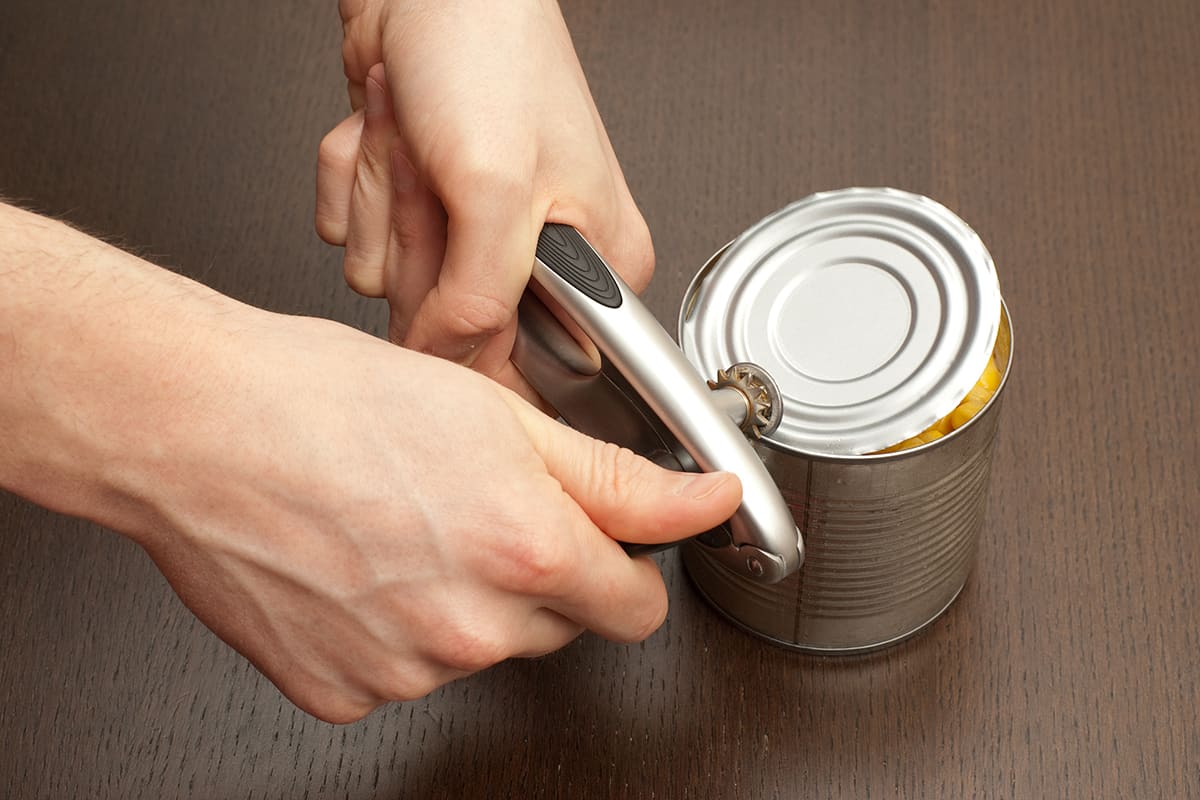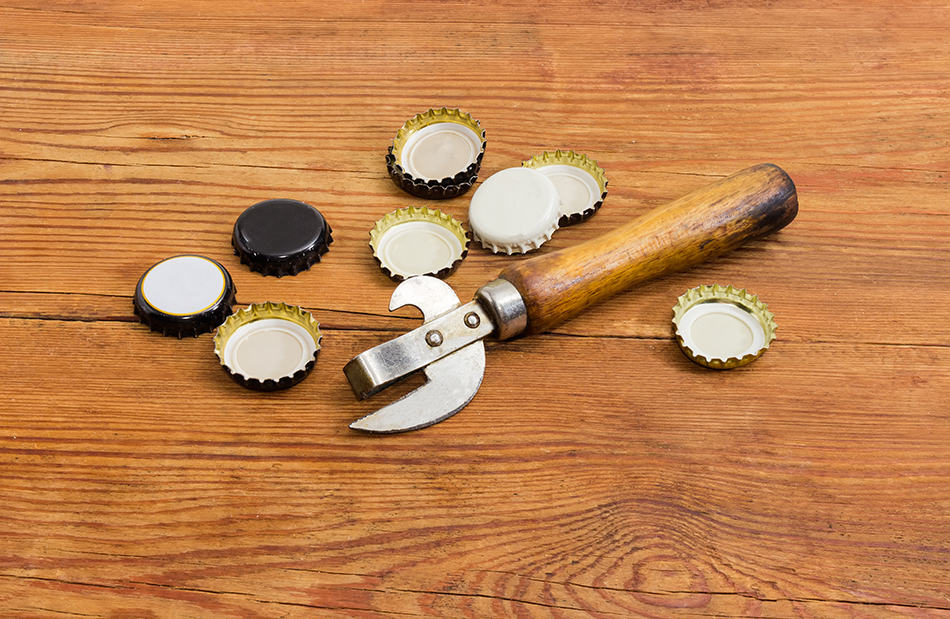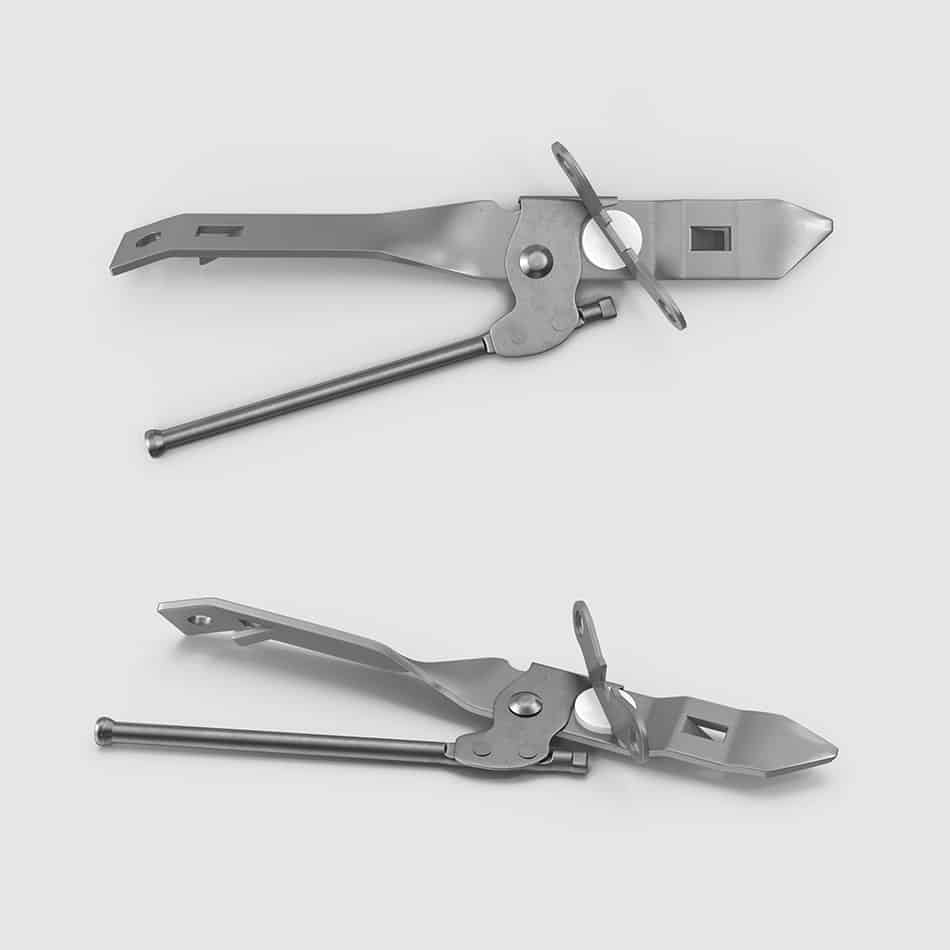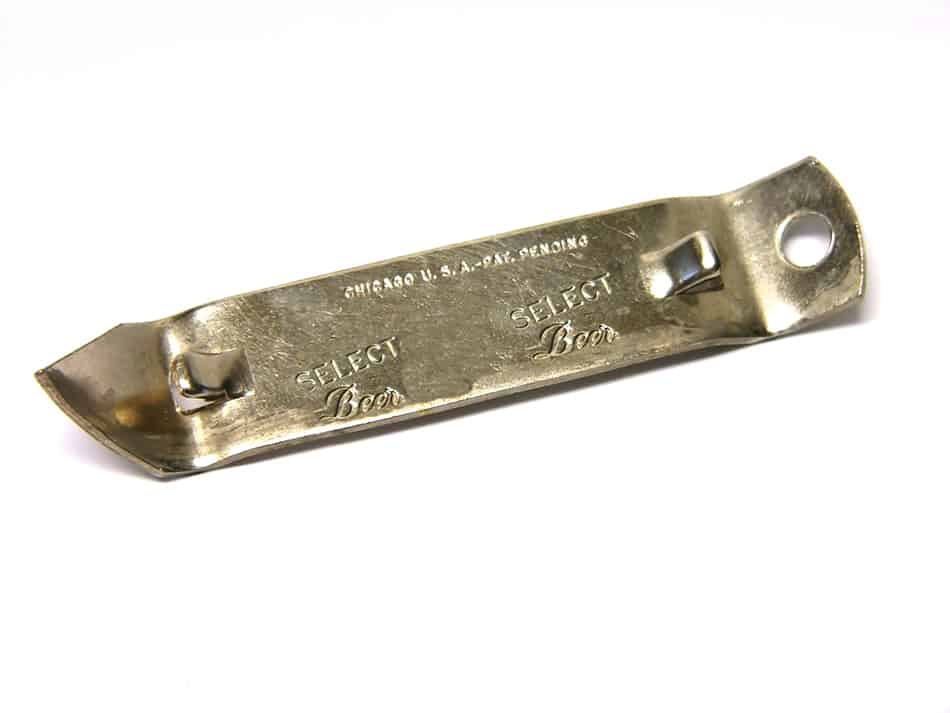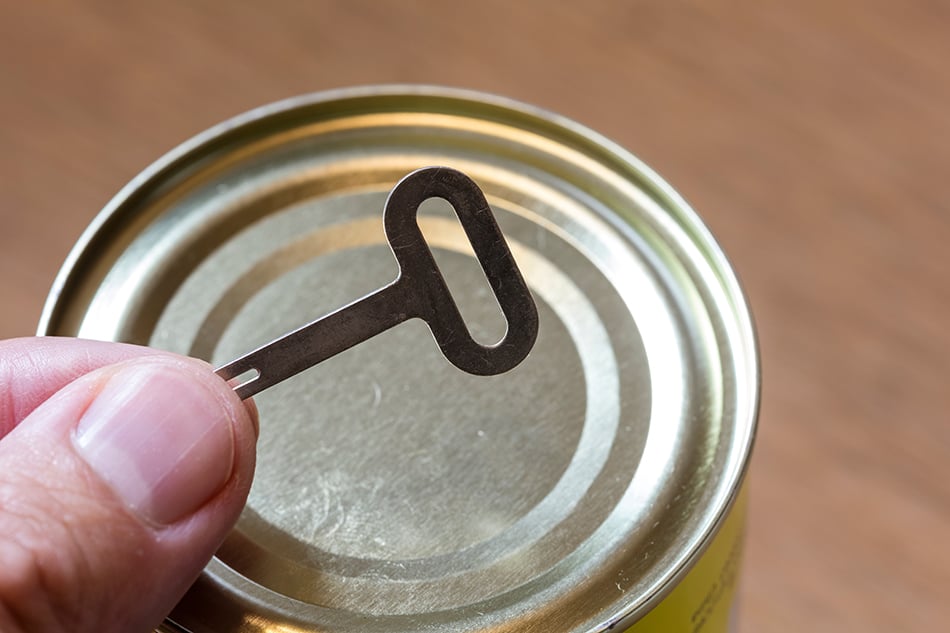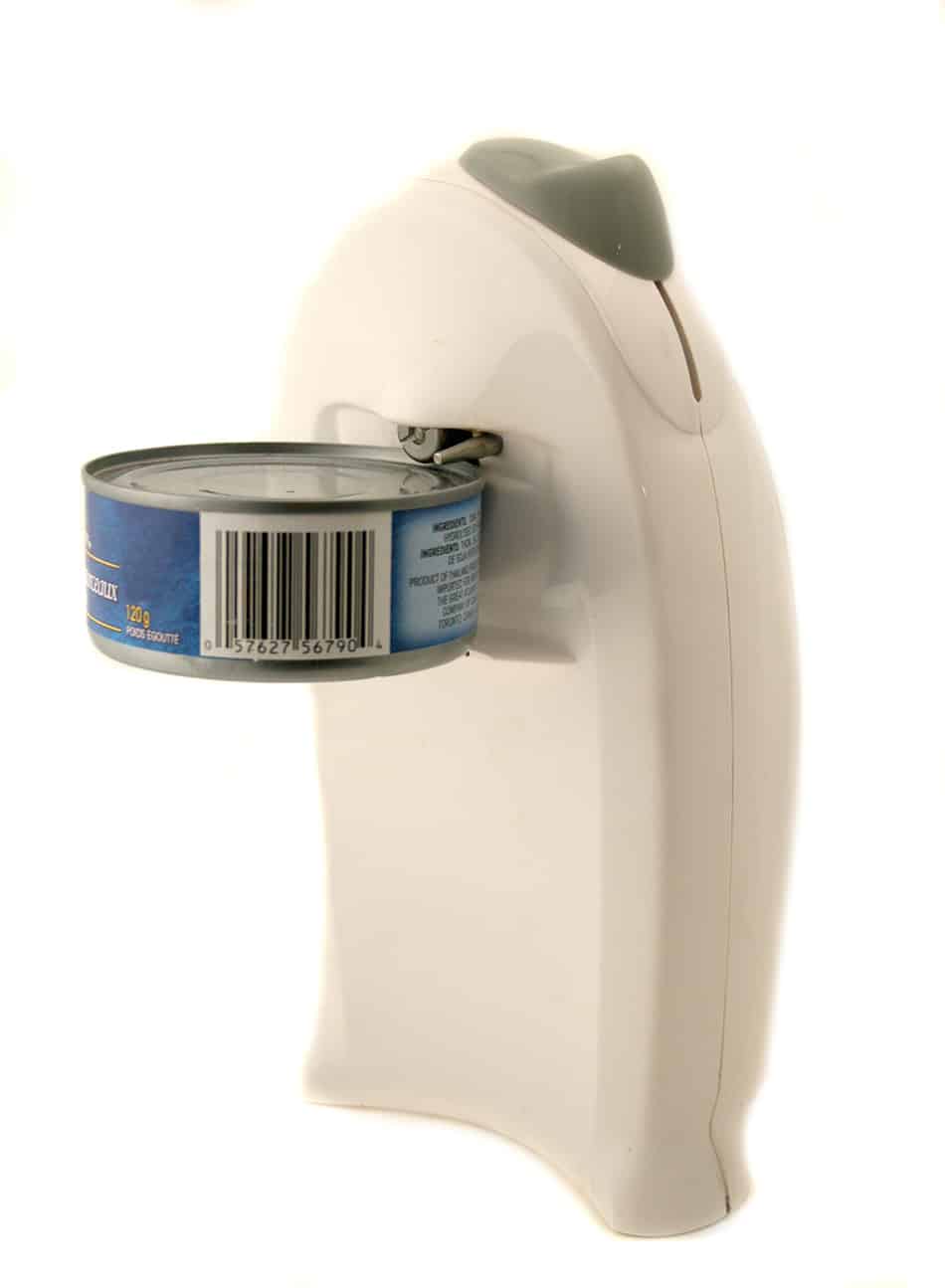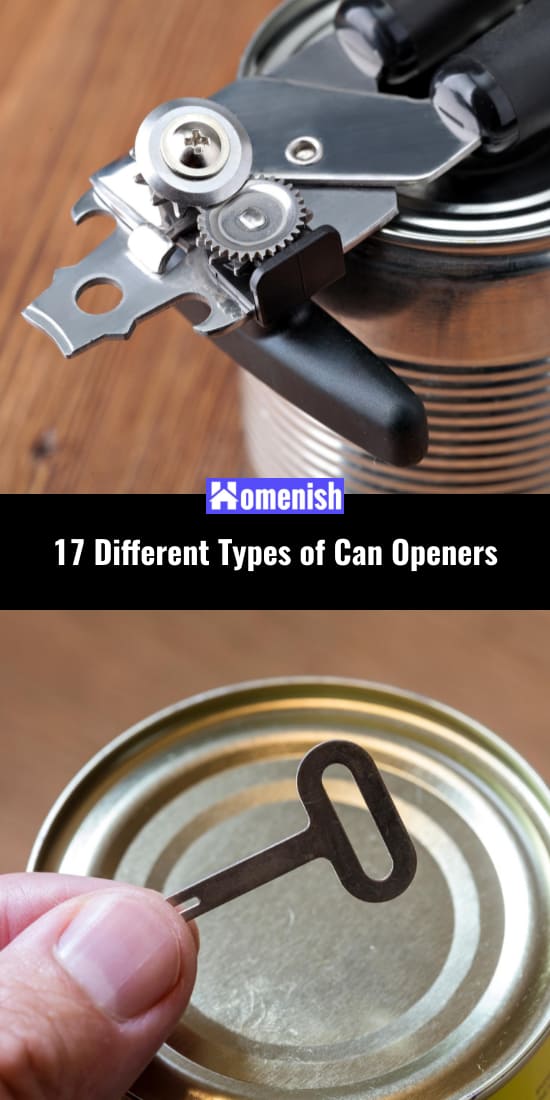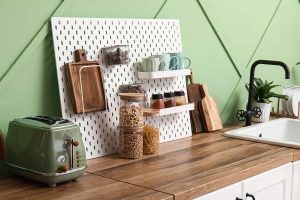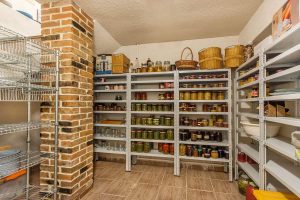Ever since the idea of storing food in cans started in the 1800s, opening tinned cans has not always been an easy task for most people.
Before the first can opener was invented, it was said that people had to use a chisel and a hammer to cut around the top of a can. Thankfully (although it took 50 years after canning was introduced), can openers were invented. This kitchen tool is definitely a must-have in every kitchen.
For many people, the process of opening cans can be taxing and annoying. It can also be time-consuming and can require a great deal of time, which could be spent doing other important jobs in the house.
Some people are also concerned about the safety involved in opening cans. There is most definitely a risk of cutting your hands when the can or can opener accidentally slips off. Thus, over the years, more innovative types and designs of can openers were invented to suit the various needs of consumers.
This clever mechanical device was first patented in 1858 by Ezra Warner. Early openers were basically variants of a knife. The first can opener consisted of the basic rotating cutting wheel that cuts around the rim of the tin to open the lid.
This was invented in 1870. However, many people considered it very tricky to use. In 1925, a more successful design with the serrated wheel added to grip the cutting wheel on the can’s rim was invented. This handy design is now one of the most popular can opener models.
Types of Can Openers
Nowadays, there are different types of can openers that suit the different needs of the consumer. From the simplest manual models to high-tech electric openers, there is a wide variety to choose from.
Basically, there are two main types of can openers: manual and electric. However, here is a wider list of the various types of can openers available in the market today.
Twist Key Can Opener
During the 1800s, the process of canning was mechanized and refined. They made the can’s wall thinner. In 1866, the twist key can opener was patented by J. Osterhoudts. Each tin came with an attached twist key can opener, which has to be snapped off.
You will find a piece of metal at the side of the can, which should be inserted through the hole at the tip of the twist key. The tin can be opened by simply twisting in the opposite direction of the strip all the way around.
This type of can opener is very handy; however, it is not very versatile. Nowadays, not all cans come with the twist key opener. This can opener is usually found in square-shaped tinned goods.
Lever-type Can Opener
The lever-type can opener is also called a claw-shaped opener. This device was first invented in 1855 by a cutlery and surgical instrument maker, Rovert Yeates. This type of tin opener is operated by hand and is haggled around the top of the metal cans to open them.
It features a big curved blade that comes with a guard found on the other end to prevent it from penetrating deeply into the can. It is very important to be cautious in using the lever-type can opener because it can leave you with a sharp-edged can and lid.
Butterfly Can Opener
The butterfly can opener is a manually operated type that comes with a rotating cutting wheel. This allows the user to break open the lid of the can. To operate, puncture the lid with a pointed object, then tightly secure it with the can opener’s pliers. Simply hold on to the lid and slowly open the can by spinning the handle around.
This manual opener has a key and tongs, which help in turning the can. Thus, the opener’s serrated wheels easily open the tin. However, some people find this quite complicated to use because of the many steps involved.
Most butterfly can openers also feature a bottle opener on their handle, so this can be really handy for many.
Church Key Can Opener
The church key can opener is a popular choice among campers and beer lovers. Not only is it handy, but it is also very easy to use. It is a basic manual can opener that is usually used to slice open the flat top of cans as well as the corks of various glass bottles.
This type of opener was invented in 1892 and has been widely used by many. The reason why it is named church key opener is that it looks like a simple key.
Church-key can openers are made with a piece of pressed metal and designed with a pointed edge to pierce through the lid of the can. To operate it, one must first firmly secure the guard at the edge of the tin, then puncture the lid using the pointed tip of the opener. Then, lift the opener in a rapid movement to rip off the can’s top.
A word of caution: the pointed edge can hurt the hands if not used properly.
Bunker Can Opener
The bunker opener is probably the most popular manual can opener. It is made of handles that look like pliers. It has a serrated wheel and a key. This opener makes opening cans a smooth and easy experience. The bunker feature of this type of can opener holds the can firmly as you turn the key to allow the serrated wheel to rotate and slice through the can’s lid.
Single Wheel Opener
This type of can opener is quite similar to the bunker can opener. However, the single-wheel opener has a magnet that attaches itself to keep the lid in place. Many people find this a great solution to the problem of firmly securing the can and the opener with their hands, trying to avoid getting hurt by the sharp edges.
The single-wheel opener allows for a safer, easier, and much faster operation with the help of its finer grate. This results in a smooth and even finish. It is best to attach the opener on the top of the can, positioning the wheel very close to the rim.
This is an ideal tool for those who find it hard to open a can with openers that can result in sharp edges. The single-wheel opener makes sure that the job is done in a safe and quick manner.
Countertop Can Opener
As its name suggests, this type of opener is meant to be used by attaching them to the kitchen counter. Oftentimes, they are equipped with a vacuum base that helps them stay securely attached to countertops.
One of the advantages of countertop can openers is that they can open regular cans and pop-top cans as well. They can also do a neat and smooth job of cutting along the side of the can. These openers are also very easy and safe to use.
To use countertop openers, you first have to secure the opener in place very well. Then, turn the knob. The sharp wheel will quickly and neatly cut through into the lid.
Smooth Edge Can Opener
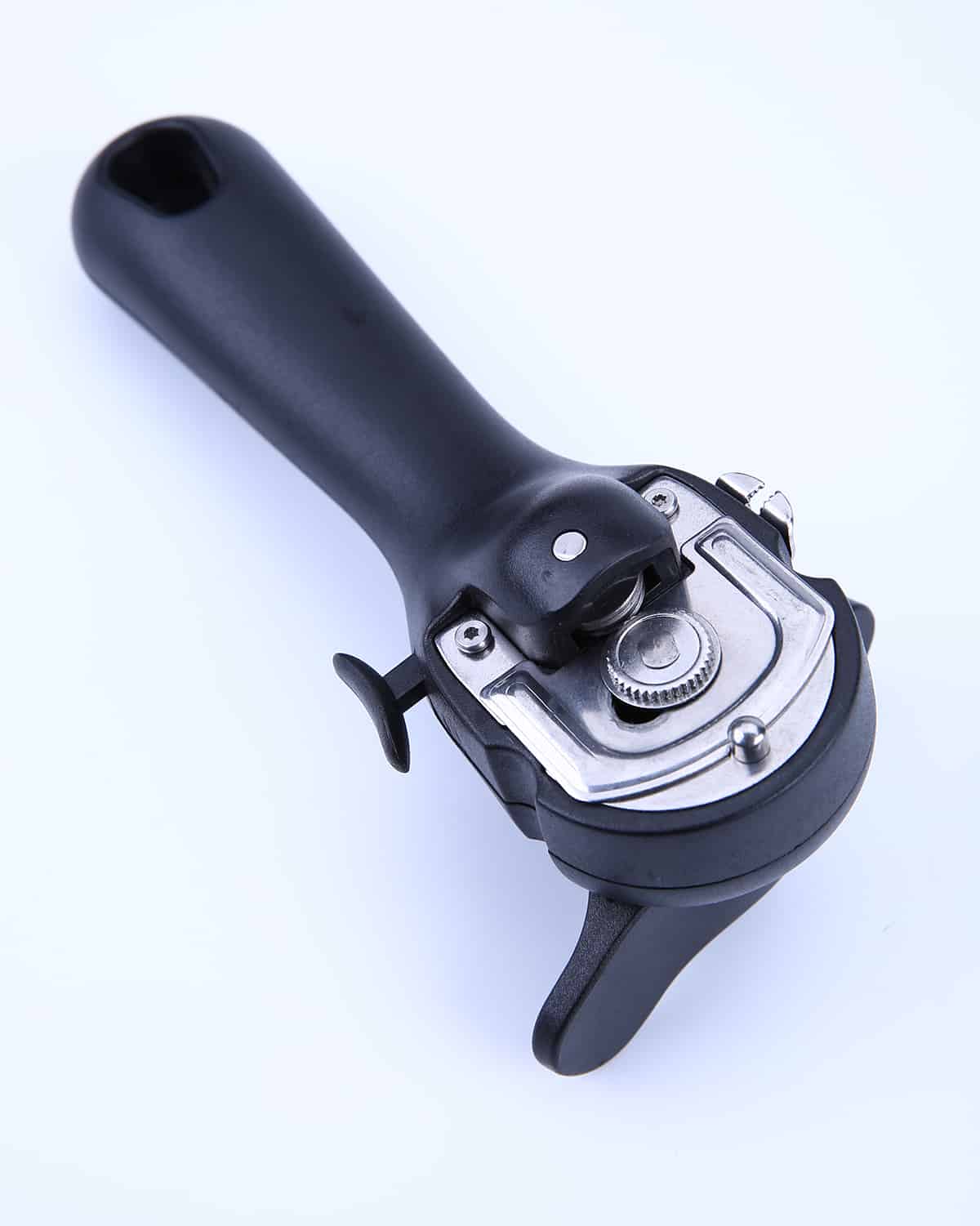
Elderly people, especially those who are having issues with arthritis, will find this opener very convenient and easy to use.
To use it, you first have to place the top edge of the can in the gap of the circular parts of the opener. Make sure that the handle is positioned on the outside of the can.
The opener should almost feel locked onto the lid. Hold the can in place with one hand. Then, use your other hand to turn the opener clockwise. Keep turning until the cutting is complete. You should then carefully remove the smooth edge opener from the can.
One-Touch Can Opener
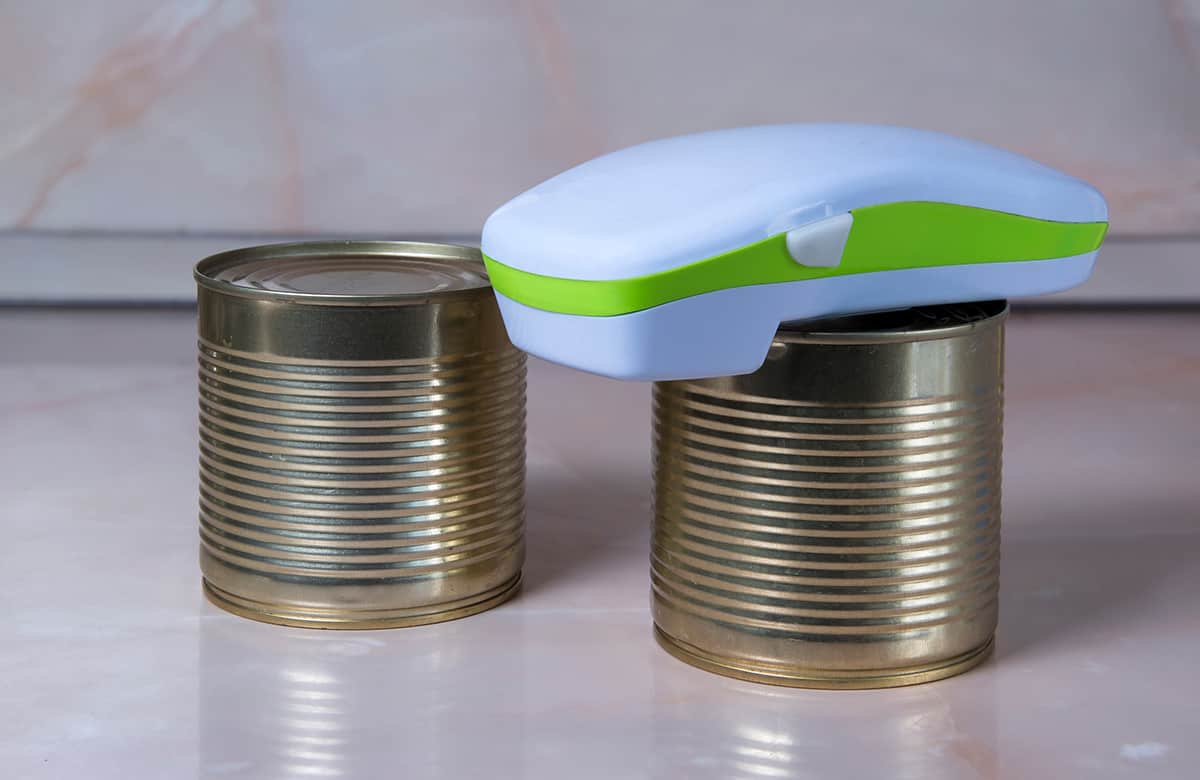
The one-touch opener is an easy and fuss-free way to open tins of various sizes. Once the can’s lid has been completely cut, just touch the button again to stop. It has built-in magnets that help lift the lid for safe disposal. This type of opener is usually battery-operated. It is compact, easy to use, and also easy to store.
Key Can Openers
Key can openers look like door keys, hence their name. They are actually designed like a key. This type of can opener has a single twisted piece of metal that is perfect for opening thin-walled cans. They need to be securely attached to the container so they could work properly.
Key openers are common in many households because they are affordable, easy to use, and do not require much space for storage. To use it, simply attach the key opener to the lid and make a puncture by using the sharp edge of the key-shaped part.
Twist it in a particular direction so that you can easily tear a side of the lid and roll it upwards.
Side Can Opener
This can opener design first came into use in the 1980s. Usually, can openers work by cutting down through the lid from the top of the can. On the other hand, side can openers use a cutting wheel that looks like a roller that cuts through the side of the tin below the rim.
This results in the full removal of the can’s top and rim. Since the side can opener is primarily designed to cut the outside of the can’s rim, it leaves a very neat and smooth result.
Camp Can Opener
This type of can opener is very handy and convenient to use when going out to camp. This can opener is also called a military can opener because military personnel is usually issued this basic tool.
These tools usually had simple and robust designs. The P-51 and P-38 openers have cutting blades hinged to the main body. These were developed during the Second World War. These small devices can easily be attached to dog tag chains and key rings.
To use it, you have to hold the can securely. Grip the flat surface of the can opener and not the blade. Then, you have to place the surface of the opener and your thumb perpendicular to the can’s rim. Rest the pointed blade on the inside edge where you want to cut.
Next, you have to turn the key down as if turning on a car’s ignition. The blade will then puncture the top of the can. Then, move your hand slightly back and turn the can opener, like you are turning a key. Continue to do this on the uncut edges until the can’s lid is completely open. It is important to remove the lid carefully after cutting, as there can be some sharp edges.
Electric Can Openers
The first electric can opener was first patented by Preston C. West in 1933, with the aim to make sure there was as minimal human effort used as possible and still offer the convenience that different manual can openers offer.
There is no doubt that electric can openers can get the job done in comparison to manual can openers. An electric opener works in the same basic principle as the manual type, except that the appliance does all the work. Instead of doing everything by hand, you can just open a can with a push of a button.
Some electric can openers come with other features, such as bottle openers, jar openers, and knife sharpeners. Electric openers can either be placed on countertops and plugged into a socket, or they can be battery-operated and handheld.
Using electric can openers can have several advantages. These advantages include:
- Speed– Perhaps this is the most obvious benefit of owning an electric can opener. It can easily open a can and save you a lot of time and energy.
- Less hassle– Many people would agree that opening a can causes so much stress and anxiety. Not only do electric can openers take away the hassle of making a tool work, but they could also save you from physically straining yourself.
- Safety– You do not have to worry about sharp edges after opening a can. There is an increased level of safety that is provided by a modern electric can opener. There are safety guards installed in most units, which prevents the users from being cut by can lids.
Handheld Automatic Can Openers
Handheld automatic can openers can either be operated manually or electrically, while some are battery operated. These are especially helpful for people who are having reduced upper limb strength or have problems with their hand grip. Handheld automatic can openers can be used by both left-handed and right-handed people.
Some of these openers are equipped with features such as contoured handles for ease of use, larger grips, and built-in hooks to use for opening ring pulls. This type of can opener is designed to require less strength in its usage. Usually, a magnet attaches to the can’s lid, and the opener automatically stops when the cutting is finished.
Ring Pull Can Opener
The ring pull can opener is suitable for people with limited hand strength and those that have arthritis. This opener can easily slip under the ring pull-on cans and provide added leverage so that the can may be safely and easily opened.
This tool is lightweight and very simple to use. Users do not have to worry about cutting themselves when opening cans with ring pulls.
Topless Can Opener
Then, push the lid and shake the opener slowly to remove the top of the can. This opener has four sharp stainless blades. It is suitable to use for canned drinks, canned cocktails, and other beverages.
Magnetic Can Openers
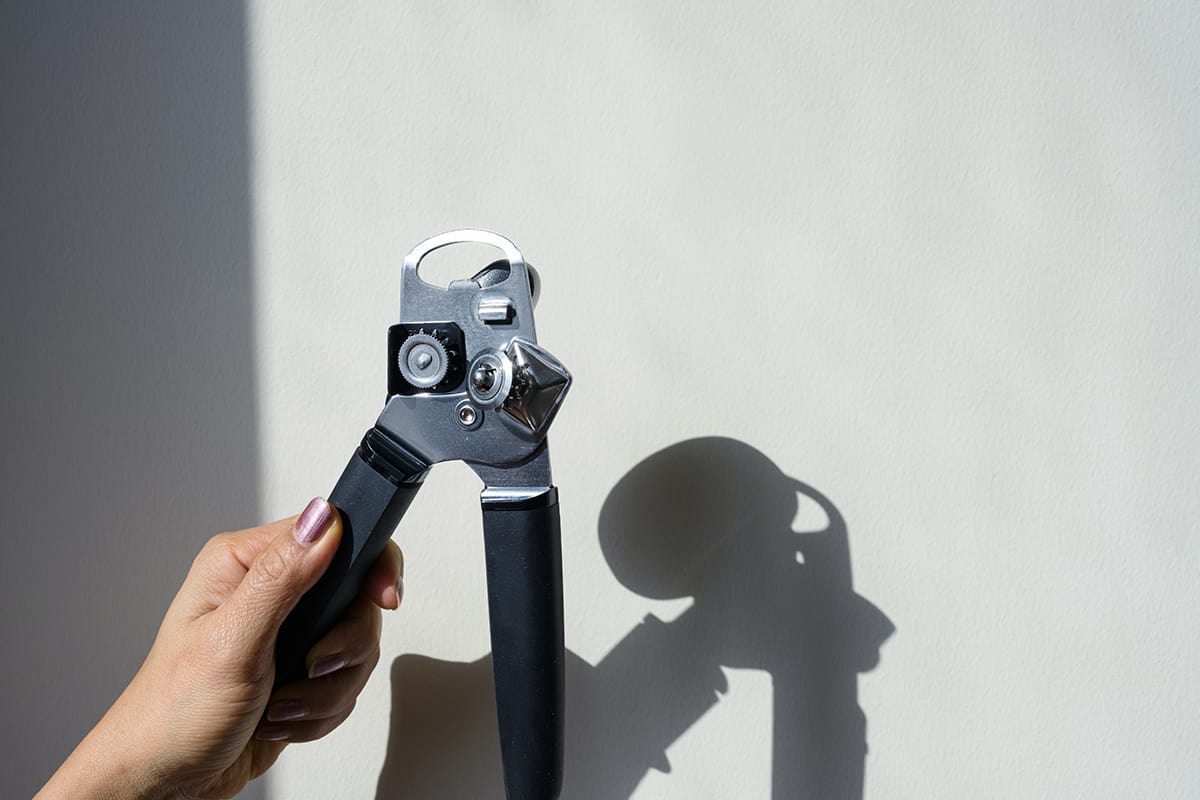
They come with magnets that lift lids off for safe disposal. You do not have to hold the cut lids and take the risk of hurting your hands. A window in this type of can opener allows you to accurately align the opener to the can’s lip. It can also allow you to see the progress of cutting.
